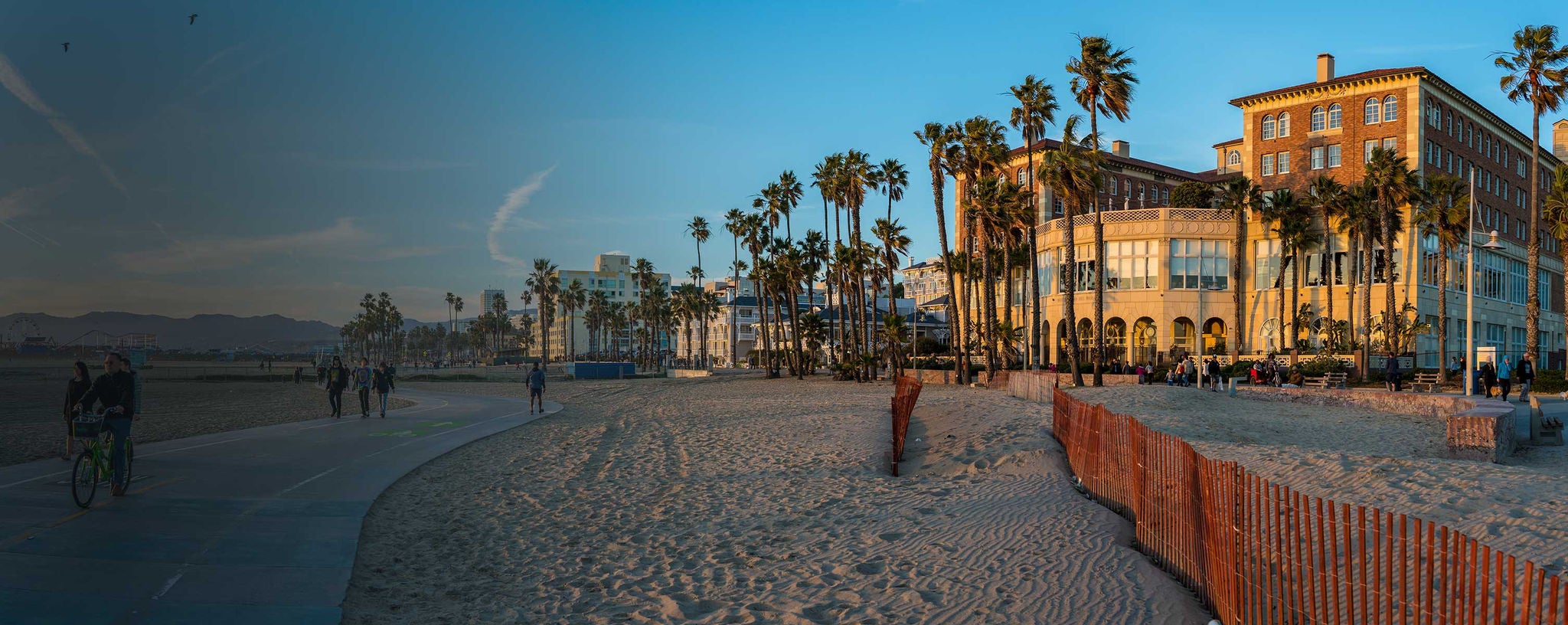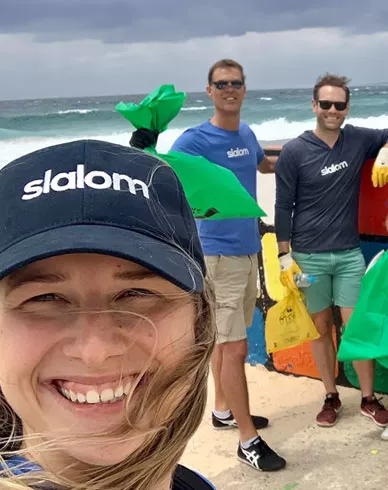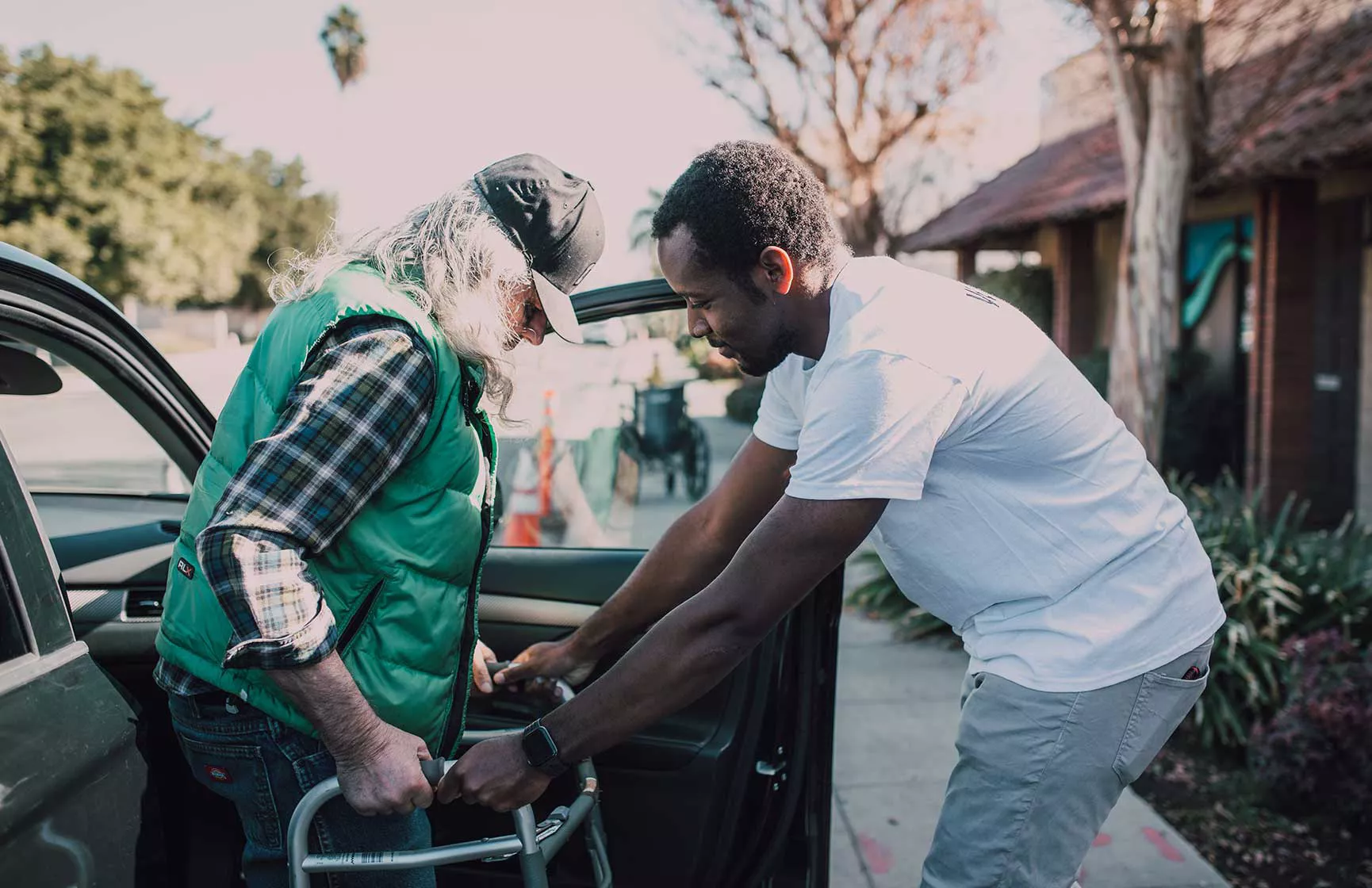
Data drives stronger LA neighborhoods

At a glance
We partnered with the USC Sol Price Center for Social Innovation to enhance a platform that puts invaluable neighborhood-level data in the hands of Los Angeles community groups and policy makers.
Impact
By moving the Sol Price Center’s Neighborhood Data for Social Change platform to Microsoft Azure, we helped create a more powerful and accessible tool to support social justice efforts across LA.
Key Services
Industry
State, local & provincial government
Key Technologies / Platforms
- Microsoft Azure
Making data more accessible
With more than 10 million residents, LA County is the most populous county in the country, teeming with a diversity of incomes, languages, cultures, and changes. It’s a region of opportunity for LA’s communities and residents, but opportunities for improvement can be difficult to identify without the right data to bring them to light.
“It’s hard to fix a problem if you can’t understand it right, and it’s hard to understand a problem without the data,” says Caroline Bhalla, executive director of the Sol Price Center for Social Innovation at the University of Southern California (USC).
To provide LA community groups and decision makers with a deeper understanding of their region, the Sol Price Center operates the Neighborhood Data for Social Change website. The free, publicly available platform pulls from the American Community Survey and other public data sources to put data in the hands of anyone who needs it. The platform uses maps, charts, and data analysis to illuminate shifts and trends in health, income, education, food insecurity, environment, and more across LA’s 88 cities and 272 neighborhoods. Users can view data by census tract, neighborhood, or city, gaining a robust picture of what’s happening at a hyperlocal level.
The data paints a picture of issues ranging from renter vulnerability to air quality across the region over time. Users can learn about the impacts of the digital divide on students’ remote learning during the COVID-19 pandemic, gaining valuable insights that allow policy makers to better address pressing issues that LA residents face. They can better understand where non-English-speaking households are concentrated across the county, so that communities can invest in child and adult education resources to help integrate these households into their neighborhoods. Or they can dive deep into how health promotoras are combatting COVID-19 vaccine hesitancy in LA’s underserved communities.
This democratized data is vital in LA especially, explains Sol Price Center Systems and Data Manager Elly Schoen, because it helps illuminate what’s happening in people’s own backyards. “Just based on our geography, neighborhoods are really, really important to folks,” Schoen says. “We don’t have a great public transit system and it takes a long time to get everywhere, so the neighborhood you live in and the surrounding area are where you spend a lot of your time.”
As in most major metropolitan areas, LA has significant discrepancies and inequities across its regions and demographics, she points out. “Having reliable, disaggregated, and current neighborhood-level data is really important for advocating for the type of change folks want to see in LA County.”
Strengthening the data platform
With more than 440,000 unique users, the Neighborhood Data for Social Change platform has proved to be a well-used tool. Yet the Sol Price Center needed a nimbler solution that would improve its functionality. Bhalla and team wanted to add new ways for users to interact with the data, streamline how to add data on the back end, improve data reliability, and reduce their operational costs while continuing to enable a range of users to seamlessly access community information. A friend at Microsoft connected Bhalla with our Slalom team—we’re a longtime Microsoft partner—to strategize how to rebuild the site. In early 2021 we embarked on a six-month project to migrate the platform to the Microsoft Azure cloud.
We put together a small team with a range of expertise—user experience and design, Azure architecture, back-end data architecture, GIS technology, and more—to rapidly identify and deliver on the needs for the new platform.
We began by walking through the user experience with Bhalla and her team to understand how people access and consume the platform’s data, explains Eric Burke, a senior delivery principal with Slalom Seattle. We discussed project objectives and how to address challenges that the existing platform posed for users, and we studied end-user feedback that the Sol Price team had collected from community users over the years. We also sought to understand how Schoen and her data team processed the data to gain an understanding of their back-end experience.
“By starting with the customer first, we were able to get in tune with how people would be using this platform and what types of skills they have so we could best meet their needs,” Burke explains.
Iterative and engaging process
Our project team took an Agile approach, engaging daily with the Sol Price Center to show progress and make adjustments as needed. Because of the pandemic, the teams could not meet in person, so we settled into a cadence of daily Microsoft Teams meetings to stay up to speed on the project’s development.
With the daily touchpoints, “we were able to embed the Sol Price team directly in the decisions around the design, show them examples, and work with them on design concepts through the process, so it was really rewarding,” Burke says.
Bhalla concurs. “Slalom was able to translate our needs into technology solutions in a way that felt seamless,” she says.
Interactive data on demand
The updated Neighborhood Data for Social Change platform, which launched in August 2021, now has three main entry points for users to engage with the data:
An interactive map that enables users to explore the data across 10 different policy areas, such as transportation, health, or food insecurity.
Data profiles that present curated datasets about key community issues and policy areas.
A growing set of stories that pair data with narratives, photos, and visualizations to reveal how LA residents and community groups are living, learning, and solving issues in their region.
Users now find the platform faster and simpler to navigate. They can more easily create accounts to build and save customized views of their neighborhoods, as well as share their findings with colleagues—meeting a huge need for community groups that like to present their data, Bhalla says.
Added benefit: More time to support communities
The transition to Azure also eased the experience for the Sol Price technology team as they continue to update the 50 or so datasets that the platform uses. Our developers condensed what was once a process of more than a dozen steps to convert and upload data into a much cleaner and less time-consuming effort, Schoen notes.
In fact, with the time her team has saved managing the data, they have been able to launch a new Civic Support Initiative to provide 10 hours of pro bono data services to LA community groups each month.
“Streamlining our updating processes has opened up time for our team to innovate and do some different and creative things with our community partners in terms of our data needs,” Schoen says.
Reduced costs, deeper impact
With its migration to the Azure cloud, the new data platform has reduced operating costs for the Sol Price Center while giving LA County residents a clearer, faster understanding of community needs. The updates are enhancing the efforts of advocates and policy makers to make improvements in their communities.
“You can look around your neighborhood and describe it,” says Bhalla, “but there’s a lot of power in numbers. Having these numbers available to everybody at a level playing field is critical. It gives people the tools they need to do the next thing.”





